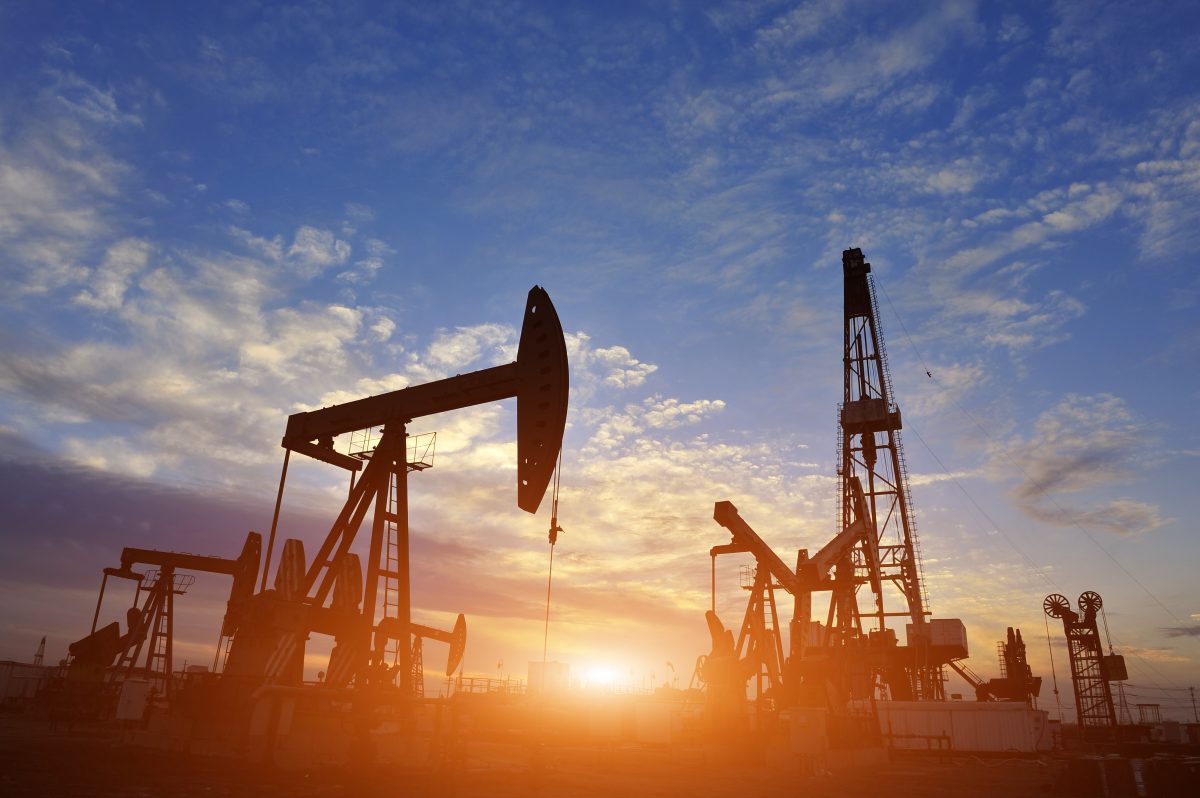Balancing Energy Expansion with Transition, Technology, and Long-Term Resilience
The United Arab Emirates is entering a new energy era defined by growth, innovation, and transformation.
With oil production projected to rise from 3.4 million barrels per day in 2024 to 4.9 million by 2033, the UAE continues to strengthen its position as a cornerstone of global energy stability while actively reshaping its future through decarbonization and diversification.
This strategic balance—between expansion and evolution—illustrates how national energy policy is being restructured for both performance and sustainability.
Market Growth and Strategic Capacity Expansion
The UAE’s forecasted 3.7% CAGR reflects a disciplined approach to capacity building and resource optimization.
Key factors driving this expansion include:
- Rising reserves across Sharjah and offshore Abu Dhabi, enhancing long-term production security.
- Enhanced oil recovery (EOR) technologies enabling greater efficiency and extraction depth.
- Strategic investment in exploration and drilling infrastructure aligned with the UAE’s Vision 2031 growth targets.
- Policy consistency and international partnerships reinforcing investor confidence in the energy sector.
This growth trajectory supports not only national output but also regional energy integration and export reliability.
The Gas Imperative: Self-Sufficiency by 2030
A cornerstone of the UAE’s strategy is achieving natural gas self-sufficiency by 2030.
This initiative is underpinned by:
- New gas field discoveries, particularly in Sharjah and offshore Abu Dhabi.
- Infrastructure investments in processing, storage, and distribution networks.
- Integrated planning by ADNOC and Emirati energy authorities to balance domestic supply with industrial demand.
This gas expansion serves a dual role: reducing import dependency and supporting the UAE’s transition toward cleaner, lower-carbon energy production.
Diversification and Downstream Integration
While upstream production remains vital, the UAE is rapidly expanding its downstream and petrochemical capacity to capture greater value across the energy chain.
Key developments include:
- ADNOC’s In-Country Value (ICV) initiatives aimed at strengthening local manufacturing and job creation.
- Petrochemical and refining projects that transform hydrocarbons into higher-value industrial outputs.
- Clean hydrogen and carbon capture programs designed to embed sustainability into industrial operations.
- Public-private partnerships accelerating innovation in energy processing and materials science.
This diversification reinforces the UAE’s position as a global energy hub that competes not only in volume but in value-added, sustainable production.
This forward planning signals a deeper strength: the institutional maturity to manage frontier technology without compromising on control or safety.
Where other markets debate feasibility, the UAE builds frameworks — translating vision into structured, executable policy.
Digital Transformation in Oil and Gas
Technology is now central to the UAE’s energy growth model.
Digitalization across exploration, operations, and marketing is redefining how the sector measures efficiency and performance.
Key digital trends include:
- AI-powered predictive maintenance improving asset reliability and operational uptime.
- IoT-enabled monitoring systems increasing transparency across pipelines and facilities.
- Blockchain-based trading platforms enhancing traceability and compliance in global energy transactions.
- Data-driven marketing models optimizing export pricing and supply chain logistics.
This technological layer transforms the UAE’s energy industry into an integrated, intelligence-led ecosystem.
Energy Transition and Net-Zero Alignment
The UAE’s commitment to net-zero emissions by 2050 is shaping every layer of its energy policy.
Decarbonization is being embedded into oil and gas operations through:
- Carbon capture, utilization, and storage (CCUS) facilities scaling across ADNOC’s portfolio.
- Hydrogen initiatives that leverage existing gas infrastructure to produce low-carbon fuel.
- Renewable integration with solar and wind assets powering portions of refinery and industrial zones.
- Sustainability-linked financing mechanisms encouraging green investment within the sector.
This measured transition allows the UAE to remain a reliable energy supplier while aligning with global climate commitments.
Long-Term Outlook: Structure, Stability, and Strategic Leverage
By 2033, the UAE’s oil and gas market is expected to reach a valuation of approximately USD 274 billion.
Beyond numbers, this growth represents the culmination of three structural advantages:
- Institutional coherence linking energy, finance, and policy under unified national leadership.
- Technological agility ensuring that innovation enhances—not disrupts—stability.
- Strategic adaptability balancing fossil fuel leadership with renewable acceleration.
These forces ensure the UAE’s continued relevance in an evolving global landscape where energy resilience and transition must coexist.
Handle Insight: Evolution Through Structure
For energy investors, family offices, and industrial partners, the UAE’s oil and gas trajectory offers both opportunity and clarity.
The market’s expansion through 2033 is not driven by volatility or speculation but by engineered execution, anchored in governance and long-term planning.
Key takeaways for stakeholders:
- Align capital with sustainable infrastructure that supports both energy production and transition.
- Engage in partnerships that merge technology with compliance, ensuring ESG alignment.
- Prioritize data-driven operations and transparency to remain competitive in a regulated, digital-first market.
The UAE’s strategy demonstrates that transformation does not require abandoning legacy industries—it requires leading them into the future with structure, precision, and purpose.


